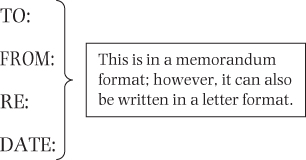CHAPTER 6Reports, Schedules, and Audiovisuals
6-1 WRITING A FRAUD EXAMINATION REPORT
Learning Objective
After reading this summary, you should learn about:
- The components of a written fraud examination report.
- How to refer to schedules and audiovisuals in the body of the report.
Fraud Examination Report
Each organization has its own fraud examination report format. Fraud examination report formats often contain the same elements as those found in audit reports.
Following is an outline of common elements. Immediately after the outline is a sample report. The client in the example is a prosecutor; however, the client can easily be a private attorney, corporate attorney, corporate manager, or a person who hired you to determine whether he/she was defrauded.

- Background
You need to briefly state why you conducted the fraud examination.
- Executive Summary
Summarize what steps you performed and what you found during the fraud examination. Readers need a quick overview and a reason to “dig” into the details.
- Scope
Explain the scope of the fraud examination (e.g., determine whether predication took place). If need be, discuss any issues that need to be brought to the reader's attention.
- Methodology/Findings
Give a brief description of what you did and did not do (e.g., the documents reviewed, tests performed, individuals interviewed, assumptions made, and any scope limitations). Findings ...
Get Fraud Examination Casebook with Documents now with the O’Reilly learning platform.
O’Reilly members experience books, live events, courses curated by job role, and more from O’Reilly and nearly 200 top publishers.

